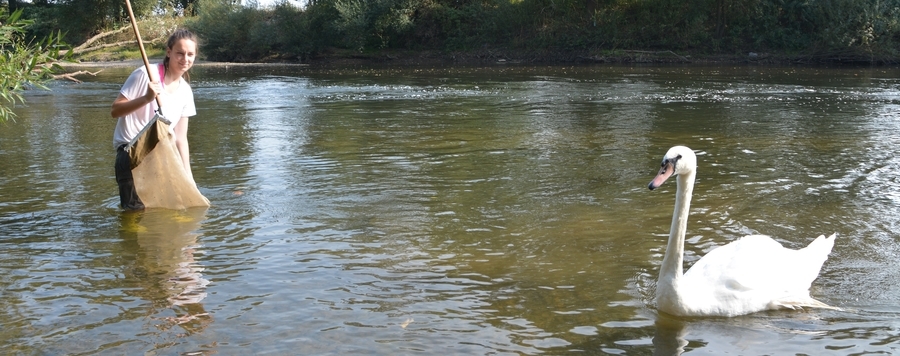
DNA metabarcoding from sample fixative as a quick and voucher-preserving biodiversity assessment method
Metabarcoding is a powerful, increasingly popular tool for biodiversity assessment, but still suffers from some drawbacks (specimen destruction, separation and size sorting). In the present study, we tested a non-destructive protocol that excludes any sample sorting, where the ethanol used for sample preserving is filtered and DNA is extracted from the filter for subsequent DNA metabarcoding. When tested on macroinvertebrate mock communities, the method was widely successful but was unable to reliably detect mollusc taxa. Three different protocols (no treatment, shaking, freezing) were applied to increase DNA release to the fixative. The protocols resulted in similar success in taxa detection (6.8–7 taxa) but differences in read numbers assigned to taxa of interest (33.8-93.7%). In comparison to conventional bulk sample metabarcoding of environmental samples, taxa with pronounced exoskeleton and small-bodied taxa were especially underrepresented in ethanol samples. For EPT (Ephemeroptera, Plecoptera, Trichoptera) taxa, which are important for determining stream ecological statuses, the methods detected 46 OTUs in common, with only 4 unique to the ethanol samples and 10 to the bulk samples. These results indicate that fixative-based metabarcoding is a non-destructive, time-saving alternative for biodiversity assessments focussing on taxa used for ecological status determination. However, for a comprehensive assessment on total biodiversity, the method may not be sufficient, and conventional bulk sample metabarcoding should be applied.






